Migratory Bird Day: Remember the Arctic!
This weekend, bird and nature-lovers around the world will be marking “World Migratory Bird Day“. This is a relatively new annual event in the global calendar of “special days”. It has only been celebrated since 2006. You may well be sceptical about the value of yet another day of “xyz”, quite simply because of the sheer number of them. This one was the brainchild of, amongst others, Bert Lenten, who is currently deputy-head of CMS, the Convention on Migratory Species. I have interviewed him on bird-related issues a few times in recent years. CMS, which is part of UNEP, has its headquarters here in Bonn, close to my Deutsche Welle office. The CMS agreement is also known as the Bonn Convention.
When I talked to Bert this week, he told me the idea of having a World Migratory Bird Day came up when bird flu first hit Europe in 2005. There was such a lot of panic and so many negative reactions to migratory birds, wrongly suspected of being a main cause of the outbreak, that Bert and some colleagues had the idea of reminding people once a year that birds are actually something positive.
Migratory birds, from large albatrosses, storks or geese to smaller terns, swallows or tiny sanderlings cover huge distances between their winter quarters and their breeding grounds every year. The Arctic is home to thousands of them every summer, when they fly up to breed. The Arctic tern is actually thought to hold the record for long-distance migration, flying between the Antarctic and the Arctic. I remember being attacked several times on Svalbard in spring when I advertently got too close to some of their nesting sites. No harm done, I hasten to add. I enjoyed watching their antics.
Now, with climate change affecting the Arctic much more drastically than the rest of the world, birds are finding conditions very different from they used to be. Ferdinand Spina is head of Science at Italy’s National Institute for Wildlife Protection and Research ISPRA, in Bologna, Italy. He is also in charge of the Italian bird ringing centre, and currently also Chair of the Scientific Council of CMS. I talked to him last week and he stressed that climate change is becoming one of the greatest threats to migratory birds. The Arctic is one of the most obvious illustrations.
“Birds are a very important component of wildlife in the Arctic. There are different species breeding in the Arctic. The Arctic is subject to huge risks due to global warming. It is crucially important that we conserve such a unique ecosystem in the world. Birds have adapted to living in the Arctic over millions of years of evolution, and it’s a unique physiological and feeding adaptation. And it is our duty to conserve the Arctic as one of the few if not the only ecosystems which is still relatively intact in the world. This is a major duty we have from all possible perspectives, including an ethical and moral duty, ” he says.
I couldn’t agree more, Fernando. We talked about the seasonal mismatch, when birds arrive too early or too late to find the insects they expect to encounter and need to feed their young. When I visited Zackenberg station in eastern Greenland in 2009, Lars Holst Hansen, the deputy station leader, told me the long-tailed skuas were not breeding because they rely on lemmings as prey. The lemmings were scarce because of changes in the snow cover.
Lars Holst Hansen is back in Zackenberg right now. He also takes some great wildlife photos, so I am happy to recommend a look at his site.
Jeroen Reneerkens is another regular visitor to Zackenberg, as he tracks the migration of Sanderlings between Africa and Greenland. A great project and an informative website!
Morten Rasch from the Arctic Environment Dept of Aarhus University in Denmark is the coordinator of one of the most ambitious ecological monitoring programmes in the Arctic. The Greenland Environment Monitoring Programme includes 2 stations, Zackenberg, which is in the High Arctic region and Nuuk, Greenland’s capital, in the “Lower” Arctic. Hansen and other members of Rasch’s teams monitor 3,500 different parameters in a cross-disciplinary project, combining biology, geology, glaciology, all aspects of research into the fragile eco-systems of the Arctic. At that time, he told me during an interview, ten years of monitoring had already come up with worrying results:
“We have experienced that temperature is increasing, we have experienced an increasing amount of extreme flooding events in the river, we have experienced that phenology of different species at the start-up of their growing season or the appearance of different insects for instance now comes at least 14 days earlier than when we started. And for some species, even one month earlier. And that’s a lot. You have to realise the entire growing season in these areas is only 3 months. When we start up at Zackenberg in late May, or the beginning of June, the ecosystem is completely covered in snow and more or less frozen, and when we leave, in normal years – or BEFORE climate change took over – then we left around 1st September and the ecosystem actually started to freeze up. So the entire biological ecosystem only has 3 months to reproduce and so on. And in relation to that, a movement in the start of the system between 14 days and one month – that’s a lot.”
I can’t write about birds and climate change in the Arctic without mentioning George Divoky, an ornithologist whose bird-monitoring has actually turned into climate-change monitoring on Cooper Island, off the coast of Barrow, Alaska. George looks after a colony of Black Guillemots and spends his summer on the island. In recent years, he has taken to putting up bear-proof nest boxes for the birds, because polar bears increasingly come to visit, as the melting of the sea ice has reduced their hunting options. He has also observed the presence of new types of birds which die not previously come this far north. His website is well worth following.
So, friends of the Arctic. Spare a thought for our feathered friends this weekend. They pollinate plants, control pests and insect populations – and give us that happy feeling of springtime we are enjoying in Bonn this weekend. I am reminded of a young “climate ambassador” in Alaska, flabbergasted to see that the glaciers we had come to observe were no longer visible from the Visitors’ Centre built for that purpose just a few years before. “Everything’s connected”, was his simple statement. Presumably that is why he has spent so much time developing low-carbon solutions for companies around the globe.
Climate affects birds in Arctic Alaska
A new report from the Wildlife Conservation Society (WCS) finds that several species of birds which breed in the Arctic are vulnerable to climate change impacts between now and 2050.
The report looked at 54 species and found that two, the gyrfalcon and the common eider are likely to be “highly” vulnerable to expected impacts. Seven species would be “moderately” vulnerable, and five species are likely to increase and benefit from a warming climate.
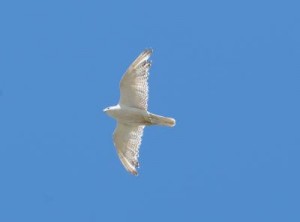
This is a Gyrfalcon — one of two species found to be highly vulnerable to future climate change impacts in Arctic Alaska.
Credit: Steve Zack/ WCS
Arctic Alaska provides some of the most important breeding and stopping grounds for millions of birds from around the world. The region is also warming much faster than the rest of the globe.
The report, Assessing Climate Change Vulnerability of Breeding Birds in Arctic Alaska, co-authored by WCS Scientists Joe Liebezeit, Erika Rowland, Molly Cross and Steve Zack, details in-depth vulnerability assessments conducted on 54 species to help guide wildlife management in the region. The project was aided by the participation of more than 80 scientists who are experts on the species. The authors note that the assessments looked exclusively at the impacts of climate change experienced by breeding birds in Arctic Alaska, and not in other parts of their range.
“The primary value of this assessment is to tease out the underlying factors that make species more or less vulnerable to climate change,” said WCS Conservation Scientist and report co-author Joe Liebezeit. “Through this effort we can begin to prioritize subsequent management actions and identify data gaps. The results represent a starting point to help prioritize management actions and conservation planning efforts.”
The vulnerabilities were assessed using software developed by NatureServe that combines expert opinion of the sensitivity of a species to climate change (including traits like physiological tolerance to temperature change) and geospatial datasets of external factors including projected temperature and moisture changes across northern Alaska.
As Coordinator of the Arctic Landscape Conservation Cooperative, Greg Balogh looks at climate-driven changes. “This assessment tool melds computer modeling with expert opinion in a way not often realized,” said Balogh. “The insights and graphic depictions of climate change winners and losers is a real eye-opener. Land and resource managers would do well to pay attention to products like this as they think about how they conduct business in the future.” Among the commonalities seen among the more vulnerable species was a strong orientation to the coastline exposing them to climate-related changes in coastal disturbances linked to storms, erosion and ice cover. Generalist species (those that can adapt to a wide variety of conditions) were less affected and, in some cases, predicted to thrive in a warming climate.
Despite the extensive assessment carried out, the authors acknowledge that there is more work to be done.
“Our results tell only part of the climate change story for these species,” said WCS Conservation Scientist and report co-author Erika Rowland. “For example, several species rely on wetland habitats, which may dry out or shift locations in response to warming. Also, many species winter in places outside of Alaska and so climate change information from other regions will ultimately need to be woven into our understanding of vulnerability in Arctic Alaska for conservation planning and management.”
George Divoky, an ornithologist and climate observer who monitors black guillemots breeding on Cooper Island off the coast of Barrow, Alaska, the northernmost point in the USA, has also been telling me how changes in the sea ice have been making life difficult for “his” birds this year. The ice has been breaking up massively and very early in the season.
“Having the ice be breaking up this early and to such an extent could mean that there will be open water north of Cooper Island much sooner than normal. If the ice is well offshore when guillemot eggs hatch in July, then parent birds will have a tough time finding food for young. In the short term it could also mean I will have problems getting out to the island by snow machine in early June.” There is more from George on the Friends of Cooper Island site.
More information on the current state of the Arctic ice, including fascinating videos on the NASA website.
A greener Arctic in a warming climate
A new study of thirty years of satellite data shows considerable changes to the Arctic tundra. The difference between the seasons is diminishing, resulting in increasing plant growth and a less clear distinction between North and South. Vegetation is moving northwards as climatic conditions shift.
The study, conducted by an international team of 21 researchers from 17 institutions in 7 countries and funded by NASA is published in Nature Climate Change. Professor Bruce Forbes from the Arctic Centre of the University of Lapland in Rovaniemi, Finland, one of the authors, says indigenous reindeer nomads in northern Russia are already experiencing increases in the height of deciduous shrubs.
Although conditions differ in different parts of the region, overall the growing season is beginning earlier and the autumn freeze starting later.
Climate News Network quotes Professor Forbes as saying “we are seeing more frequent and longer-lasting high pressure systems. In winter, the snow cover comes later, is deeper on average than in the 1960s, but is melting out earlier in spring”. Forbes and his research team used dendrochronology, the science of tree-ring measurement to confirm the findings.
“In a few decades, if the current trends continue, much more of the existing low shrub tundra will start to resemble woodlands as the shrubs become tree-sized”, says Forbes.
The warming will change ecoystems considerably and also result in “feedback” effects. Melting permafrost means peat and vegetation will decompose, releasing methane and carbon dioxide into the atmosphere.
Let me close with “food for thought” from Tim Radford, the author of the Climate News Network report on the study:
“Climate is a complicated business, and there is always legitimate room for argument about the validity of one selected set of measurements, a potential bias in the observations, or the reliability of comparison data collected two generations earlier. But vegetables can’t be fooled. Plants grow where they can. If deciduous shrubs are growing taller, and colonizing sites ever further north, then conditions must be getting warmer, and staying warmer.”
It’s hard to argue with that.
Shell puts Arctic drilling on hold
Shell has said it will not drill for oil in the Alaskan Arctic this year. The announcement was not surprising, as the company is facing official US investigations after a series of problems, culminating in the grounding of the Kulluk drilling ship in a storm late last year. The company announced earlier this month that its two Arctic offshore rigs would be going to Asia for repairs and upgrades. Critics say oil drilling in Arctic regions is too risky and there is not sufficient capacity to cope with an oil accident in the remote region with its extreme weather conditions and fragile ecosystem.
Environment campaigners welcomed the announcement. Reuters quotes Michael LeVine from Oceana in Juneau, Alaska, as saying both Shell and the government agencies regulating the company faced a “crisis of confidence”. He says the decisions to allow Shell to operate in the Arctic Ocean were premature. Phil Radford, Executive Director of Greenpeace USA issued a statement saying:
“Shell was supposed to be the best of the best, but the long list of mishaps and near-disasters is a clear indication even the ‘best’ companies can’t succeed in Arctic drilling. Secretary Salazar and President Obama gave drilling a chance; now the responsible decision is to make Arctic drilling off limits, forever.” Shell has collected more than 2.7 million signatures for their “Save the Arctic” campaign.

I interviewed Greenpeace “Save the Arctic” campaigners including Lukas as they collected signatures in Bonn, Germany, last year.
However, the announcement does not mark the end of Arctic drilling plans. ConocoPhillips reaffirmed on Wednesday that it would continue with its own plans to drill one or two exploration wells in the Chukchi Sea in 2014, and expected to submit more information on it to the federal regulator by the end of March. Marvin Odum, director of Shell Upstream Americas, stressed this was only a temporary break in his group’s Arctic activity: “Our decision to pause in 2013 will give us time to ensure the readiness of all our equipment and people.”
Business opportunities boom in the Arctic
USA announces new five-year Arctic Research Plan
The US administration’s National Science and Technology Council has released a plan outlining key areas of study to be taken by the Federal government to better understand and predict environmental changes in the Arctic. The plan was developed by a team of experts representing 14 federal agencies and was based on input from sources including the indigenous Arctic communities, the Alaska Governor’s Office, local organizations and universities. It highlights research areas important for the development of national policies and areas which would benefit from cooperation between various agencies. Amongst the topics identified for focus are regional climate models, human health studies and adaptation tools for communities.
The announcement is a significant one in the view of the US Arctic Research Commission. They say it is “probably the first, truly integrated, five year US Arctic Research Program plan (ever?) released.”
Incidentally, the website of that particular organisation is a useful source for anybody following Arctic developments.




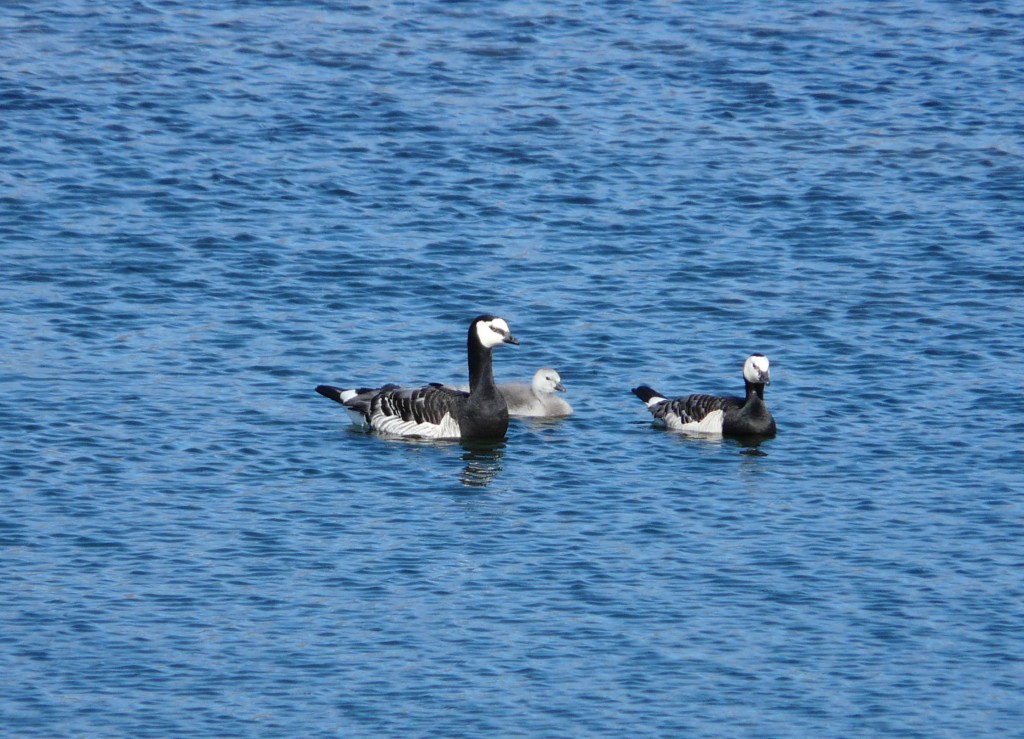

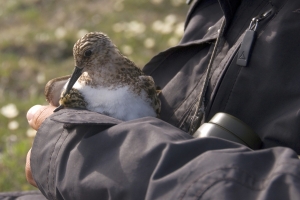

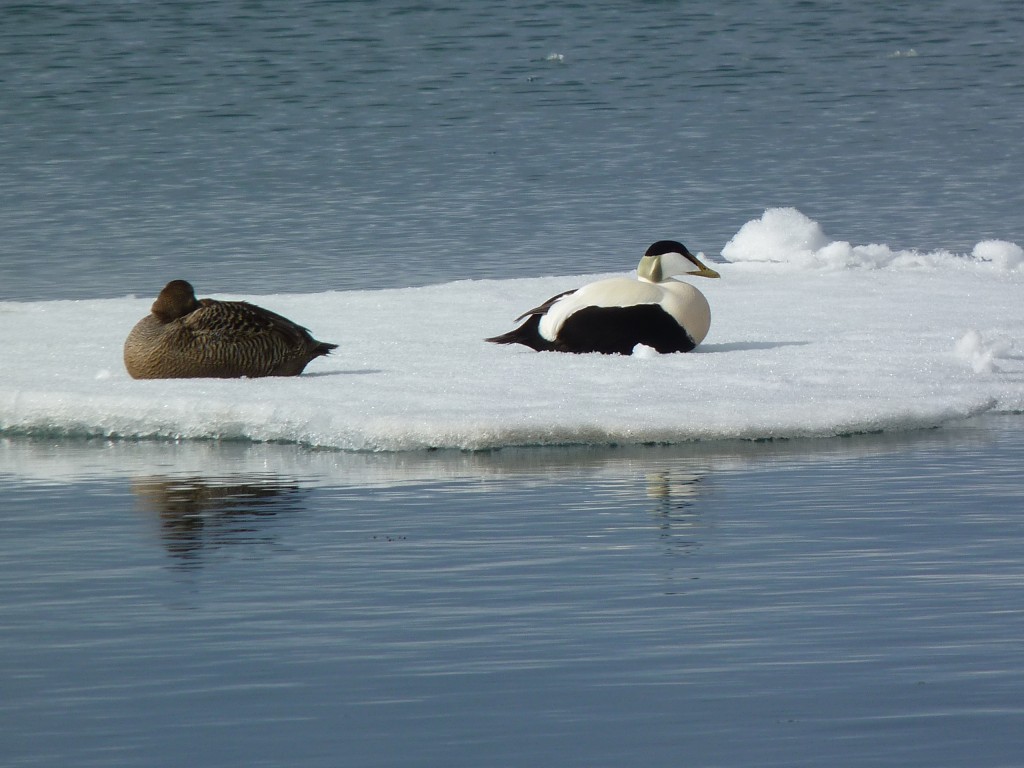


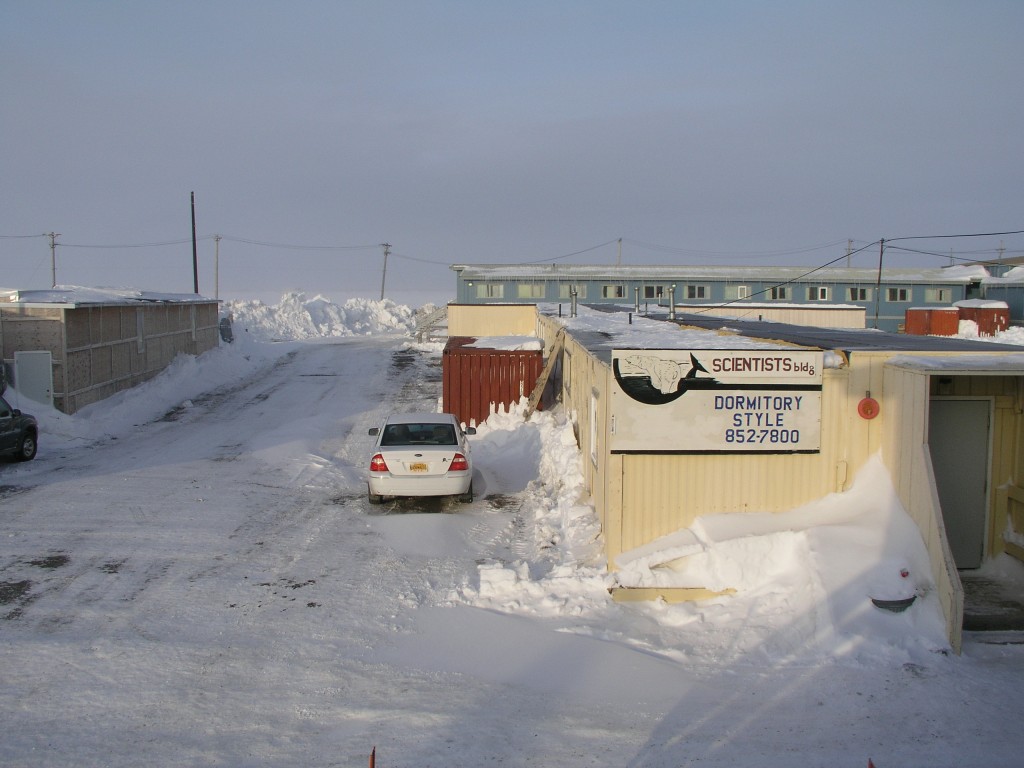
















Feedback